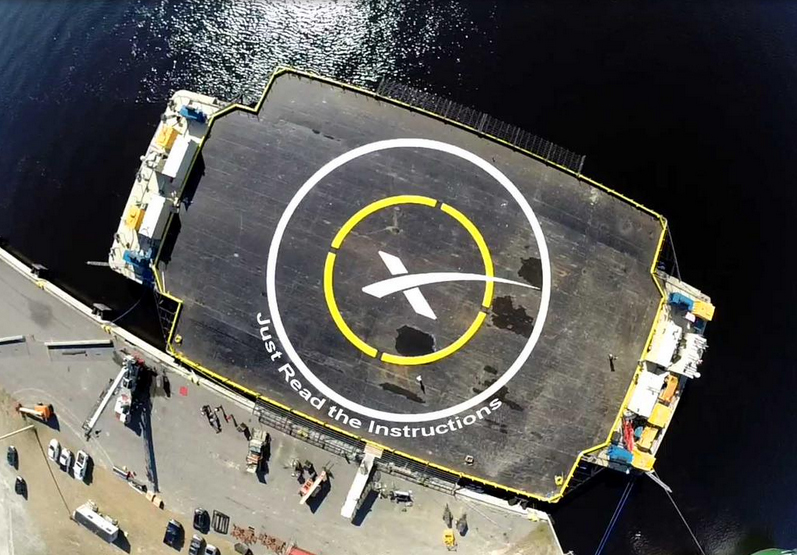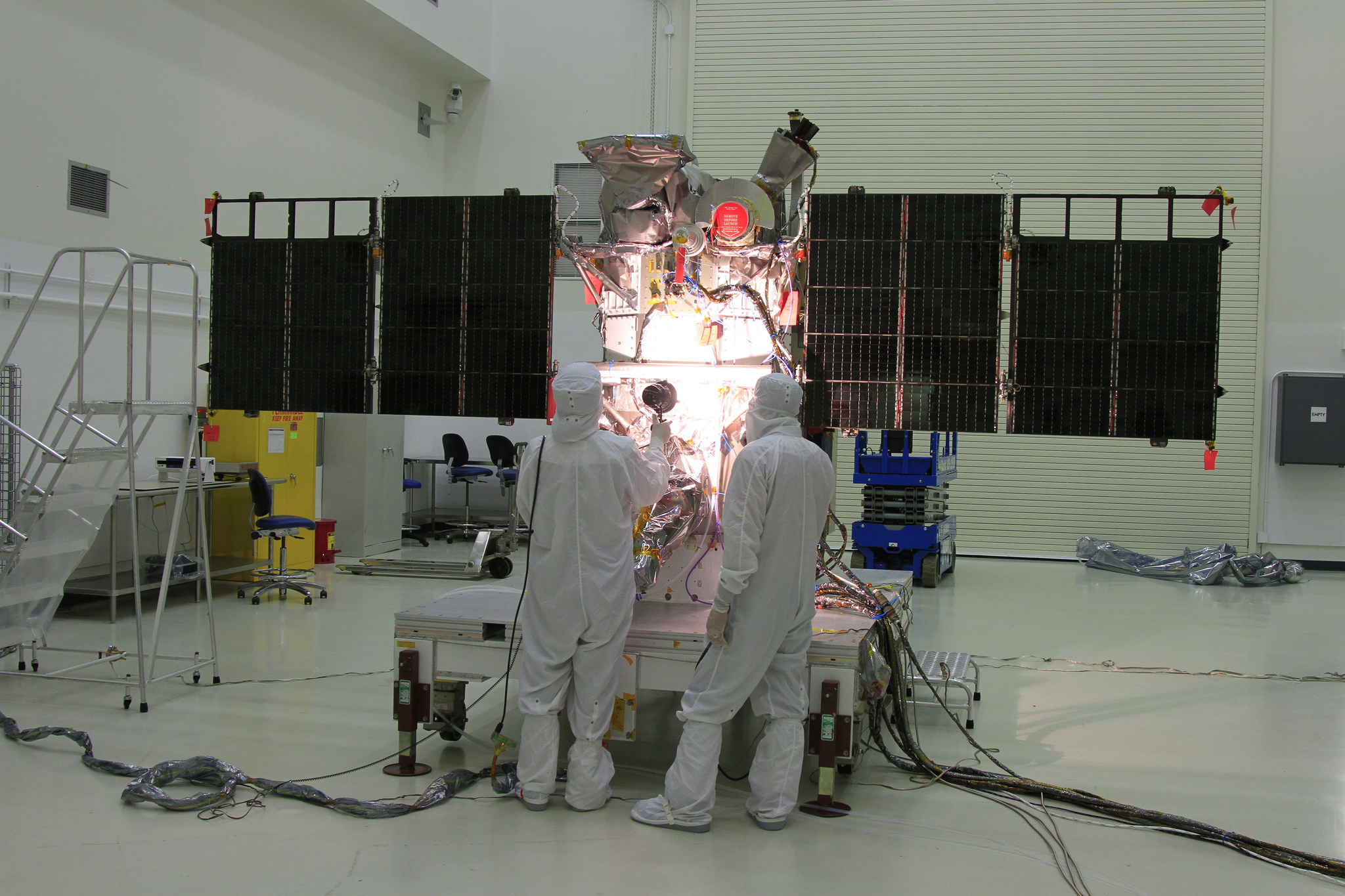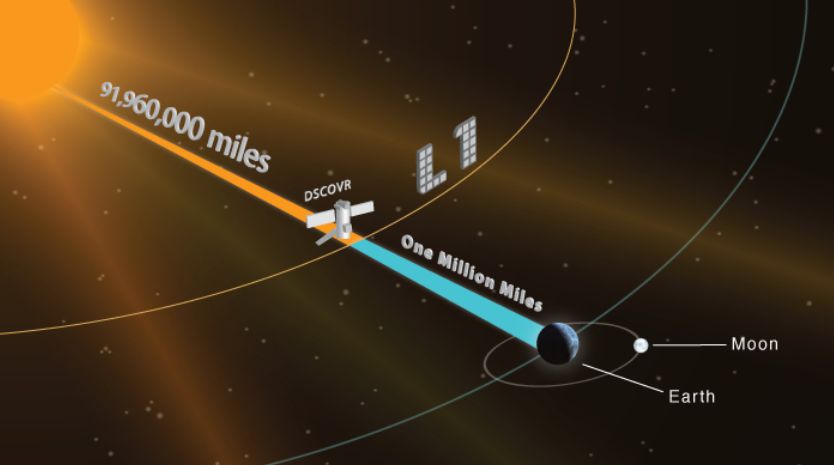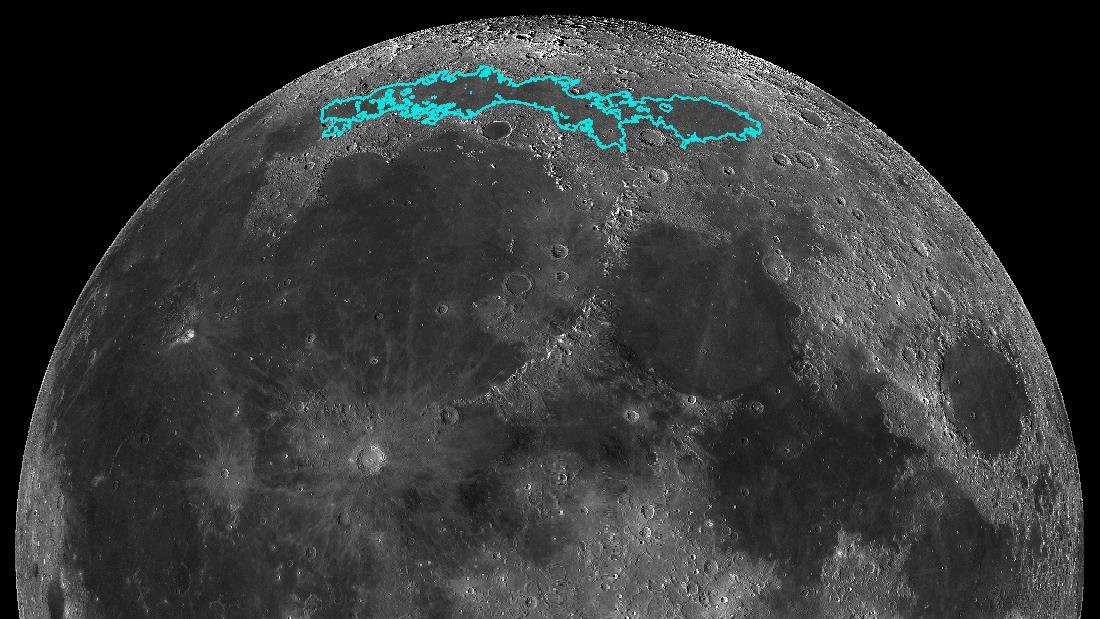SpaceX to Try Rocket Landing Again with DSCOVR Satellite Launch

When SpaceX launches a long-delayed satellite to study space weather on Sunday, the private spaceflight company also hopes to do the amazing: return a rocket to Earth and land it on a floating platform in the Atlantic Ocean.
SpaceX will attempt to land the first stage of its 14-story Falcon 9 rocket after launching the Deep Space Climate Observatory (DSCOVR for short) from Cape Canaveral Air Force Base in Florida. Liftoff is set for Sunday, Feb. 8, at 6:10 p.m. EST (2310 GMT) and will be webcast live by NASA TV.
It will be SpaceX's second try in two months to land a rocket on an ocean drone ship as part of company founder Elon Musk's dream of making reusable rocket technology a reality. On Jan. 10, SpaceX attempted a Falcon 9 rocket landing but the booster ran out of hydraulic fluid for its four grid steering fins on the way down. The rocket stage slammed into SpaceX's drone ship and exploded. [SpaceX's Rocket Landing Plan Explained (Infographic)]
"Rocket made it to drone spaceport ship, but landed hard," Musk wrote on Twitter after last month's attempt. "Close, but no cigar this time."
Now, SpaceX is ready to try it again. This time, SpaceX has loaded 50 percent more hydraulic fluid on the Falcon 9 booster, so there should be plenty of margin during the rocket's descent back to Earth.
"At least it should explode for a different reason," Musk wrote last month.
Musk and SpaceX have been pursuing reusable rockets because the technology has the potential to dramatically lower the costs for both satellite launches and human spaceflight. The company is also building a new giant rocket, called the Falcon Heavy, and unveiled a video showing the mega-rocket's reusability last month.
Get the Space.com Newsletter
Breaking space news, the latest updates on rocket launches, skywatching events and more!

SpaceX's Falcon 9 rockets are named after the fictional Millennium Falcon starship from "Star Wars." Continuing that theme, Musk has named SpaceX's drone ship "Just Read the Instructions" after the sentient colony ship from the science fiction novels by author Iain M. Banks. The drone ship will be positioned about 370 miles (595 kilometers) off the coast of Florida to await the Falcon 9 booster's landing attempt, said Hans Koenigsmann, SpaceX's vice president of mission assurance, in a prelaunch briefing on Saturday.
"We hope it will go well this time," Koenigsmann said of the landing try. "However, I really want to point out that this is a secondary objective."
The mission's primary goal, Koenigsmann stressed, is the successful launch of the DSCOVR space weather satellite. The Sunday liftoff will mark a second chance of sorts for the spacecraft.
The DSCOVR satellite mission has had a long road to space, one which began during the Clinton Administration when then-Vice President Al Gore advocated the mission to provide live images of Earth from space 24 hours a day. The mission, initially called Triana, was approved in 1998, but eventually shelved as costs rose.
NASA and National Oceanic and Atmospheric Administration (NOAA) revived the DSCOVR mission in 2009, this time to monitor space weather and solar wind while also studying the Earth. Altogether, the Triana and DSCOVR projects have cost about $340 million, mission managers said. That total cost includes the estimated $104.8 million for the entire mission life of DSCOVR.
The refridgerator-sized DSCOVR will be sent to the sun-Earth Lagrange point 1, a location about 930,000 miles (1.5 million kilometers) from Earth that is directly between Earth and the sun.

"DSCOVR will succeed NASA's Advanced Composition Explorer's (ACE) role in supporting solar wind alerts and warnings from the L1 orbit, the neutral gravity point between the Earth and sun approximately one million miles from Earth," NOAA officials wrote in a mission description. "L1 is a good position from which to monitor the sun, because the constant stream of particles from the sun (the solar wind) reaches L1 about an hour before reaching Earth."
When aimed at Earth, the largest solar storms can pose a danger to astronauts and satellites in space, and interfere with GPS navigation systems, aviation operations and power grids on the surface, NOAA officials said.
"The impacts from space weather are very wide-ranging, with potentially severe consequences," Tom Berger, the director of NOAA's Space Weather Prediction Center in Boulder, Colorado, told reporters Saturday. "DSCOVR will serve as our tsunami buoy in deep space."
DSCOVR carries five separate instruments, three of which will track solar wind and space weather events. The other two will monitor the Earth. One of those is the Earth Polychromatic Imaging Camera, or EPIC, which will take images of the sunlit side of Earth every 2 hours for 24 hours a day. A day after being taken, the images will be available for scientists and the public through NASA's Langley Research Center in Hampton, Virginia, mission managers said.
Editor's note: This story was updated at 2 p.m. EST to include new details about the DSCOVR mission and the SpaceX landing attempt. Visit Space.com on Sunday beginning at 3:30 p.m. EST (2030 GMT) to watch the launch live.
Email Tariq Malik at tmalik@space.com or follow him @tariqjmalik and Google+. Follow us @Spacedotcom, Facebook and Google+. Original article on Space.com.
Join our Space Forums to keep talking space on the latest missions, night sky and more! And if you have a news tip, correction or comment, let us know at: community@space.com.

Tariq is the Editor-in-Chief of Space.com and joined the team in 2001, first as an intern and staff writer, and later as an editor. He covers human spaceflight, exploration and space science, as well as skywatching and entertainment. He became Space.com's Managing Editor in 2009 and Editor-in-Chief in 2019. Before joining Space.com, Tariq was a staff reporter for The Los Angeles Times covering education and city beats in La Habra, Fullerton and Huntington Beach. In October 2022, Tariq received the Harry Kolcum Award for excellence in space reporting from the National Space Club Florida Committee. He is also an Eagle Scout (yes, he has the Space Exploration merit badge) and went to Space Camp four times as a kid and a fifth time as an adult. He has journalism degrees from the University of Southern California and New York University. You can find Tariq at Space.com and as the co-host to the This Week In Space podcast with space historian Rod Pyle on the TWiT network. To see his latest project, you can follow Tariq on Twitter @tariqjmalik.
